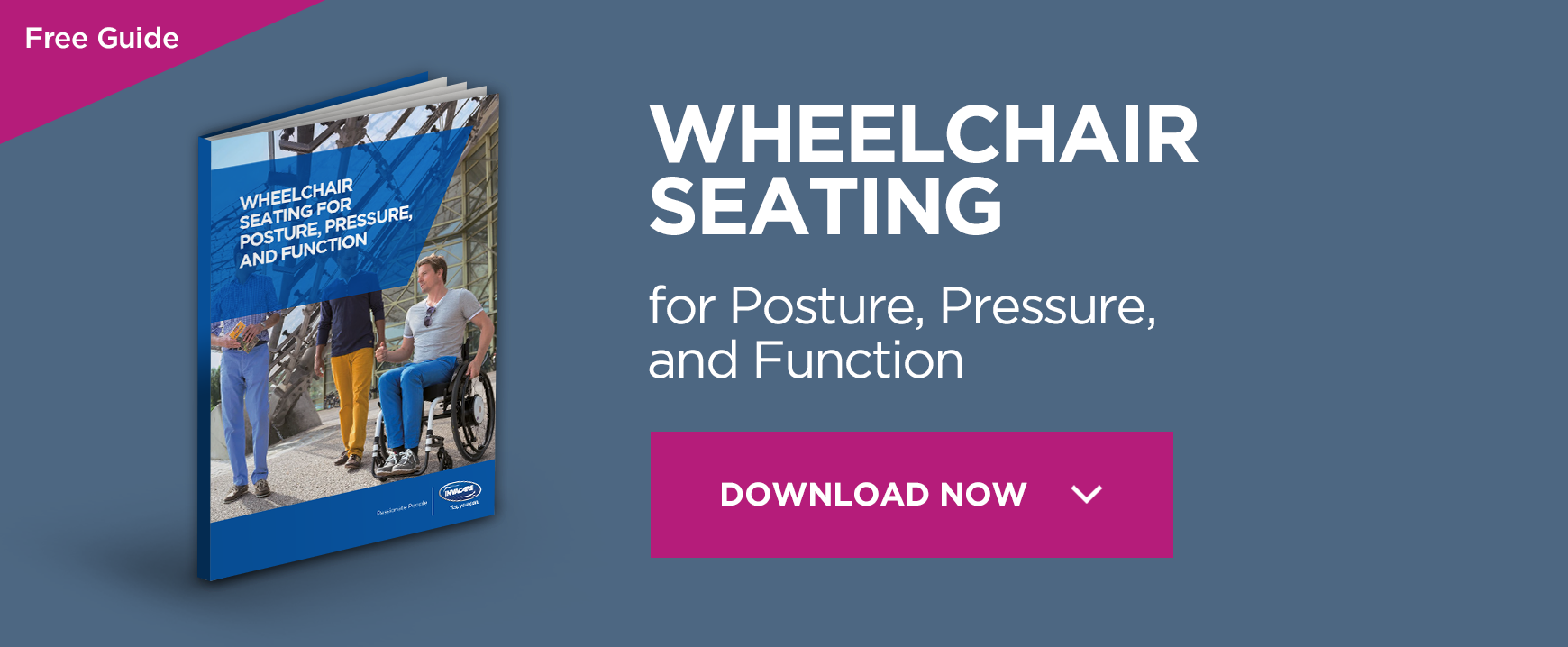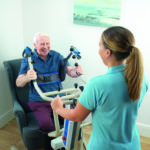Multi-factoral impact of wheelchair width on health and functional engagement

Being aware of the importance of considering Wheelchair width is absolutely critical for so many reasons.
It may seem somewhat exaggerated but quite simply if the wheelchair width is not measured for correctly or given proper consideration it could have a dramatic impact both on your health, wellbeing and ability to engage in important meaningful activities.
Posture
Posture refers to the body’s placement in any given situation with good posture meaning that the muscles, ligaments, bones and other connective tissues are aligned so to minimise strain and discomfort.
Good posture is critical for even distribution of pressure, prevention of muscle contracture and prevention of excess sheer/force during sitting or transfers.
Wheelchair width is one of the critical factors in supporting good posture as if too wide can allow the user with reduced midline awareness or core sitting balance to slouch over to the side of weakness. Too narrow and the pelvis becomes restricted, adducted and therefore places increased strain on connective tissue around the pelvic girdle and lower back.
Pressure care
If the wheelchair is too narrow it stand to reason that the user will feel squeezed into the seat. With frequent repetition the friction/sheer caused between the wheelchair frame and the user’s tissue, likely around the Trochanter area, will become compromised.
This significantly increases the risk of developing pressure damage which has a significant impact on future health and well-being.
Moving/handling & transfers
From a carers’ perspective the wheelchair width can have a big impact on the ease by which a sling can be inserted into place from a sitting position. The user requires enough room to shift their weight laterally (if they have the ability to do so) without being so wide that it either impacts on posture or maneuverability. If the user is unable to alter their own posture the carer requires enough clearance to safely and appropriately position the sling under the buttocks and Trochanter region without creating unnecessary friction or sheer.
For the user who able to transfer the chair needs to support posture that allows them to initiate a stand without feeling inhibited by it being too narrow (which makes it tighter to get out of) or too wide (which changes leverage from arms and ergonomics of the push through upper limbs into standing).
Environment
It sounds quite straightforward but the wheelchair width must support intended tasks to be completed within the normal environment and usual routine. Consider that it is unlikely the wheelchair will always go in a continuous straight line to get from A – B therefore simply measuring internal doorway widths to ensure the wheelchair will go through is misleading. Although obviously very important to determine whether the wheelchair will get in and out of a room (s) it is equally important to consider the wheelchairs turning circle within internal spaces (which is directly impacted on by width).
What is the ‘right’ width?
Everyone is a different size and shape so the answer to this question is not a figure. Instead, as a general rule kneel in front of the wheelchair user whilst they are sitting in the wheelchair. Ensure that your eyes are level with your hands if you were palpating the anterior superior iliac spine. The armrest should only just very lightly touch the buttock at the Trochanter area.
To check the amount of pressure try to place two fingers between the buttock and wheelchair arm. They should be able to move into the space easily and with minimal resistance.







